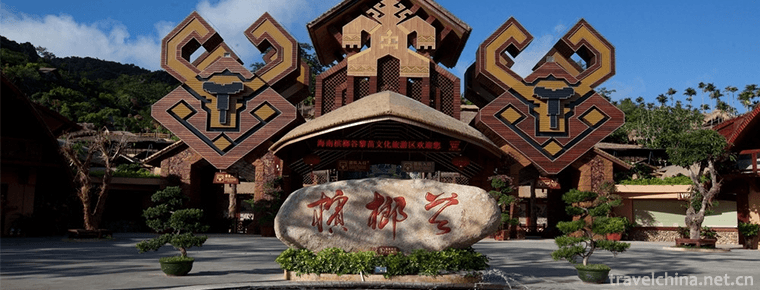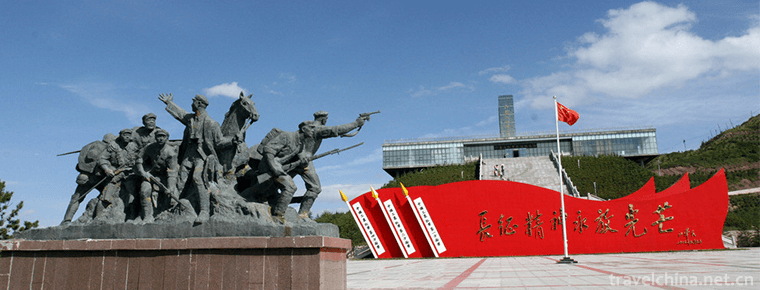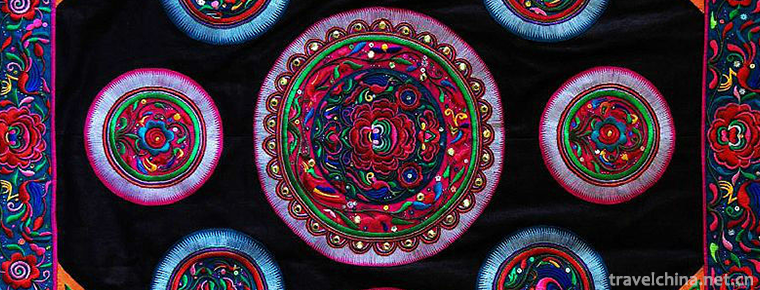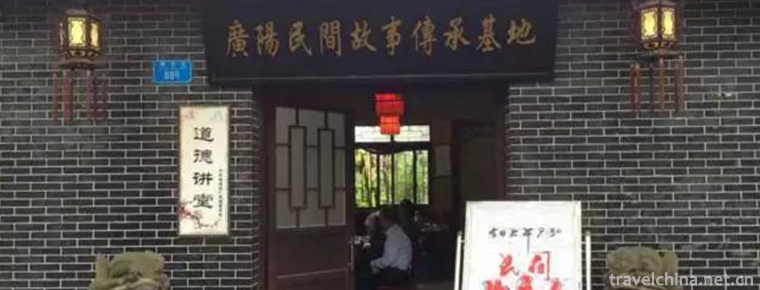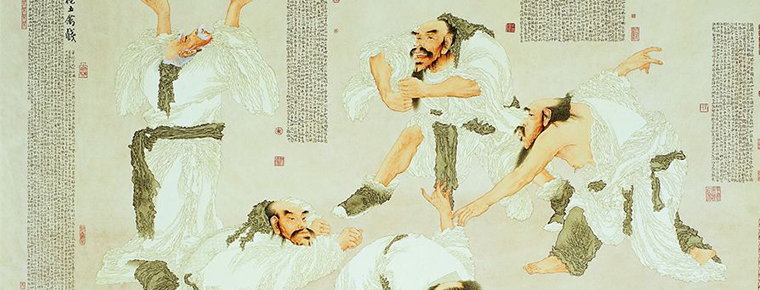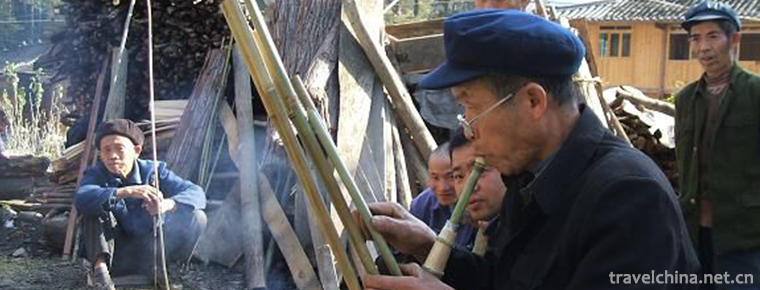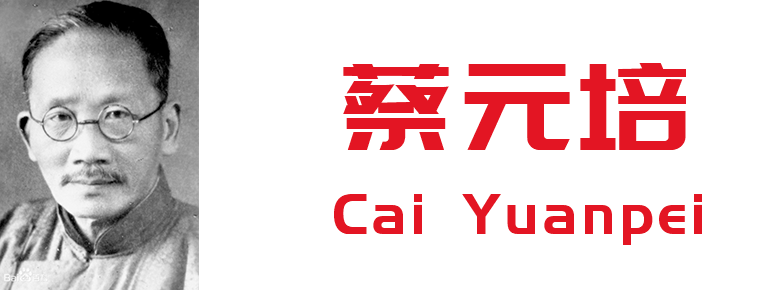The riddle of Qinglin Temple
The riddle of Qinglin Temple
The riddle of Qinglin Temple, the local folk literature of Qinglin Temple Village in Yidu City, Hubei Province, is one of the national intangible cultural heritages.
The number of riddles in Qinglin Temple is abundant, there are about 5000. There are many kinds of riddles, such as object riddles, event riddles and crossword riddles. Many of the riddles have high cultural and artistic tastes, subtle bodies and exquisite feelings.
In 2006, the riddles of Qinglin Temple were listed in the first batch of national intangible cultural heritage, numbered I-31.
historical origin
Qinglin Temple is located at the junction of Changjiang River and Qingjiang River in the southwest of Yidu City, Hubei Province. Qinglin Temple Village is named Qinglin Temple. It was built in the flourishing Tang Dynasty and expanded in the Ming Dynasty. It was once a place where pilgrims gathered and people gathered. The long cultural background and special geographical conditions have created the unique local customs, customs and cultural atmosphere of this area, and accumulated a considerable amount of folk literature. It is said that the riddles of Qinglin Temple were passed down from then on to today.
The Han people and Tujia people of Qinglin Temple Village coexist in harmony for generations. Riddles, proverbs, allegorical sayings and legends are popular here, and riddles are the villagers'favorite.
Cultural characteristics
artistic characteristics
1. The rich local flavor, the local natural resources, climatic products, customs and customs, the way of life and work of the villagers and their implements are all vividly expressed through the mystery and the mystery. For example: the clouds turn in the sky, the underground safflower bursts, a python bites, killing two barbarians. (Mystery: Strike iron); Another example: pointed body as white as silver, scales do not have half a centimeter, eyes on the buttocks, only clothes do not recognize people. (Mystery: Needle) 2. There are about 5000 riddles in Qinglin Temple. There are many kinds of riddles, such as object riddles, event riddles and crossword riddles. 3. Riddle songs are rare in China. 4. The riddles are simple and unadorned.
Content structure
From the formal point of view, the riddles of Qinglin Temple are usually ballad sentences, which express popular images in language and have distinct dialect features. For example:
(1) A tree has nothing to do with it, and a yellow dragon is entangled with it.
Leigong's fire sparkled and blossomed. —— Mystery: Play cotton. "Lianzi", dialect: non-stop (di), urgent (di).
Sometimes there is a free form with arbitrary structure. For example:
(2) Fog on the top of the slope, water on the waist and sunshine on the foot of the slope. —— Mystery: Steamed rice. This structure is free, the sentence "drum water", meaning boiling water, for the local dialect.
From the content point of view, the riddles of Qinglin Temple involve a wide range of things. Natural resources, climatic products, customs, working life, daily necessities, modern goods, language and writing, as far as the senses can reach, are all puzzles. Many of them reflect the riddles of events and objects in the old times, revealing the historical evolution and origin of the village from one side, showing a strong sense of history; at the same time, new things often become the object of riddles, reflecting the vitality of their riddles with the times, reflecting the enhancement of farmers'cultural knowledge and the glimmer of scientific progress in Qinglin Temple. For example:
(3) The little bachelor stands at the Baba Wall, and the Hongniang women come to play with him.
Although not two couples, kiss tens of millions. —— Mystery: Flamethrower. In the old days, cooking was mostly undertaken by women. "Ba", rely on; "companion", companion.
(4) Four square command podium, red, orange, yellow and green points will be cards,
There are millions of soldiers in your chest. Press the answer with your finger. —— Mystery: Computer.
Manifestation
In Qinglin Temple, riddles are used in traditional farming activities to meet the needs of group labor. However, after the 1990s, the peasants in Qinglin Temple planted orchards, without weeding activities for rice and rice planting, they did not need weeding drums or singing weeding drums; the infrastructure construction site was machinery, and they did not need to carry goods, so they did not need to shout labor slogans. It can be said that in Qinglin Temple, riddles have withdrawn from traditional farming activities.
Today, the only position of riddles is the funeral hall. Only the funeral drum songs still retain a large number of riddles, because riddles can also play the role of mourning the deceased, comforting and entertaining people.
Inheritance and Protection
Inheritance value
Since 2000, the riddles of Qinglin Temple have strong local flavor and distinct local characteristics, which have important reference value for the study of Chinese literature, folklore and local chronicles. Many of them reflect the mystery of events and objects in the old times. They not only reveal the historical evolution and origin of this Xiajiang village in depth, but also reflect the enhancement of farmers'cultural knowledge and the flash of scientific consciousness in Qinglin Temple in breadth. In the later practice of riddle-making, villagers integrated their moral requirements and standards of life into riddles, which promoted the fundamental improvement of one party's ethos. In Qinglin Temple, people learn knowledge and know the world through guessing riddles. In addition, riddles have become an important means to stimulate children's interest in literacy, and special riddle-making courses have been offered in village primary schools. The popular puzzle-guessing activities have played a positive role in opening the mind and strengthening cultural edification.
Current situation of inheritance
At the end of the 20th century, with the development and construction of Gaobazhou hydropower project in Qingjiang River, the population of Qinglin Temple moved in large numbers. At the same time, riddles, a folk cultural phenomenon, experienced unprecedented impact because of the increasingly rich new forms of cultural consumption.
Heritage figures
Zhao Xingshou, born in 1944, is a farmer in Qinglin Temple Village, Gaobazhou Town, Yidu. Director of Yicheng Folk Literature and Art Association, Vice Chairman of Qinglin Temple Riddle Branch, Director of Yichang Citizens Association and Member of China Folk Literature and Art Association: After 12 years of age, he is keen on working chants and beating funeral drums, and is the leader of the village amateur propaganda team. In his youth, he was enthusiastic about news reporting and won the headline prize of prefecture and city newspapers. At the invitation of the Research Association of Chinese Newspaper Supplement, he won the Gold Prize for his anti-corruption motto, and was published in two books, Chinese Famous Personality and Chinese and Foreign Famous Philosophical Motto. Tianzi Riddle Calls for Justice wins the Gold Prize for the collection of folk art works for world peace. In the spring of 2004, he participated in the activity of "New Spring Outing Garden" in Huanghe Tower, singing riddles of Qinglin Temple for a week.
protective measures
Qinglin Monastery people have made unremitting efforts to rescue and protect their riddles. In January 1999, Ding Kaiqing's Selected Riddles of Qinglin Temple (the first collection of village riddles collected by peasants in China) was published by the Popular Literature and Art Publishing House. In April 2001, Selected Riddles of Qinglin Temple (continued edition) was published by the Chinese Federation of Literature Press, and in May 2002, Selected Riddles of Qinglin Temple (selected edition). At the same time, the "Qinglin Temple Mystery Song Selection", "China's Hubei Qinglin Temple Mystery Village" and "Marriage and Childbearing New Wind Mystery Selection" have also been published.
The riddles and riddles of Qinglin Temple have been included in local textbooks in primary and secondary schools in Yicheng city.
In 2003, a total of 180,000 yuan was raised at the municipal, town and village levels, and a riddle activity base of Qinglin Temple was established. The protection fund for the key riddle basket has reached more than 60,000 yuan. Since 2003, municipal finance has invested 150,000 yuan in special funds, and 50,000 yuan annually in the annual financial budget. Qinglin Temple Riddle Rescue and Protection Organization was established, and riddle activity base was established. The famous riddle basket was effectively protected. During the process of migration, some important riddle inheritors, such as Ding Kaiqing, were properly located by the government. Municipal cultural departments have identified riddle events as the key content of the city's mass cultural activities, which has put the original spontaneous folk guessing and shooting activities on a planned, organized and purposeful track of regularization.
social influence
In 2018, Yicheng Cultural Museum and Non-Heritage Center joined Gaobazhou Central Primary School to launch the "Qinglin Temple riddle" into the campus and classroom, and strive to build the Qinglin Temple riddle into a school culture, so that the Qinglin Temple riddle, a folk treasure, can be vividly inherited.

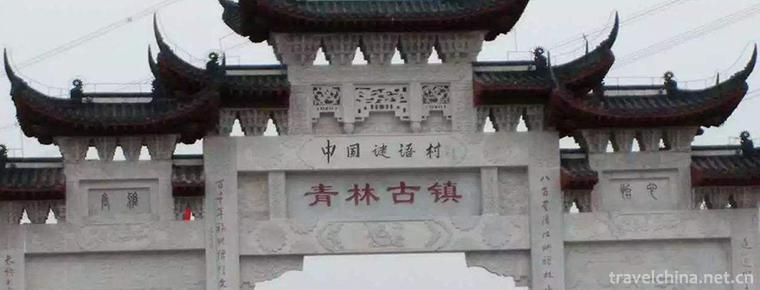
-
Betelnut Valley Limiao Cultural Tourist Area
Hainan Betelnut Valley Limiao Cultural Tourist Area was established in 1998. It is located in the Ganshiling Nature Reserve at the junction of Baoting County and Sanya City.
Views: 112 Time 2018-12-12 -
Liupanshan National Forest Park
Liupanshan National Forest Park is located in the center of the triangle formed by Xi'an, Yinchuan and Lanzhou. It is located in the south of Ningxia. It spans two counties and one district in Jingyua.
Views: 121 Time 2018-12-24 -
Chaibuxi Canyon Scenic Area
Chaibuxi Canyon Scenic Area is located in the eastern part of Wufeng Tujia Autonomous County, with Wulingyuan in the South and Qingjiang River in the north. Zhangjiajie belongs to Wuling Mountains..
Views: 216 Time 2019-01-04 -
Longxing Temple
Longxing Temple, alias Dafo Temple, is located in Dongmenli Street, Zhengding County, Shijiazhuang City, Hebei Province. It was originally Longteng Garden of Yanmu Rongxi after the Eastern Jin Dynasty.
Views: 159 Time 2019-02-06 -
Dong embroidery
Dong embroidery is an important branch of Chinese minority embroidery, which uses a needle to puncture and attaches various colored silk or cotton threads to the surface of the fabric to form various .
Views: 117 Time 2019-04-27 -
Folk Stories in Guangyang Town
"Guangyang Folk Stories" is the general name of folklores and stories widely spread in Guangyang Town. Guangyang folk tales are popular in the local area..
Views: 188 Time 2019-05-01 -
Huatuo Wuqin Opera
Huatuo Wuqin Opera is a set of guiding techniques compiled by Huatuo, a famous physician in the late Eastern Han Dynasty, according to the principles of traditional Chinese medicine,.
Views: 94 Time 2019-05-04 -
Miao Lusheng Production Techniques
Miao Lusheng production process is complex, generally using scraping, cutting, through, hammering, clamping, drilling and other related tools, through the selection of materials, baking materials, mak.
Views: 153 Time 2019-06-05 -
Nuwa Festival
Nuwa Festival is an ancient traditional folk custom and folk religious and cultural activity. Legend has it that the eighteenth day of the third month of the lunar calendar is Nuwa's birthday. Therefo.
Views: 242 Time 2019-06-08 -
Cai Yuanpei
Cai Yuanpei (January 11, 1868 - March 5, 1940), word crane Qing, also the word Zhong Shen Cai Zhen, Zhou Ziyu, Han nationality, Shanyin County, Shaoxing Prefecture, Zhejiang (now Zhejiang). Shaoxing (.
Views: 180 Time 2019-09-06 -
Anhui Agricultural University
Anhui Agriculture University is located in Hefei, capital of Anhui province. Center Urban area Key universities in Anhui By Ministry of agriculture and rural People's Republic of China State Forestry .
Views: 189 Time 2019-10-10 -
Suining economic development
In 2019, Suining's GDP will reach 134.573 billion yuan, an increase of 8.1% over the previous year (the same below) at comparable prices. Among them, the added value of the primary industry was 18.521 billion yuan, an increase of 2.7%; the added value of the .
Views: 348 Time 2020-12-16
